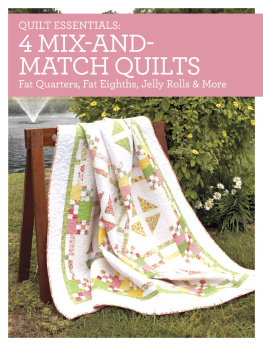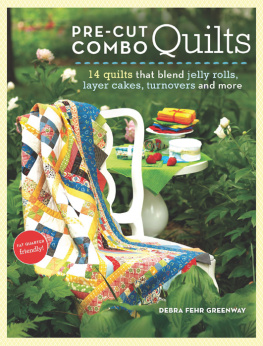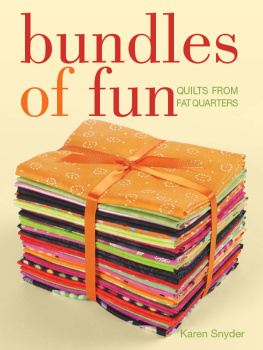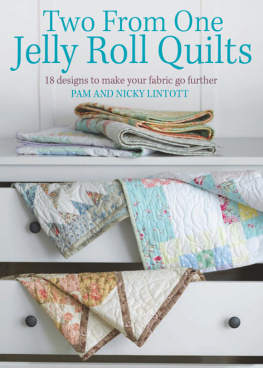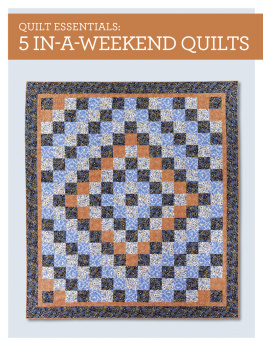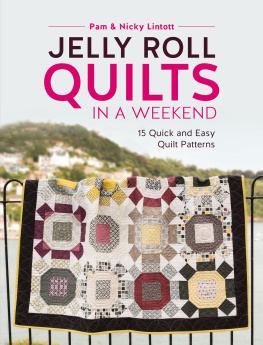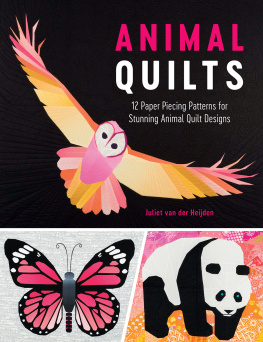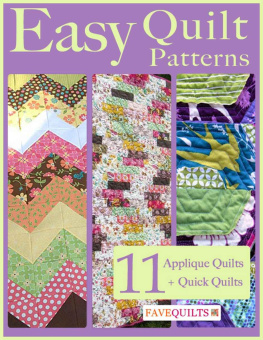Thank you for purchasing this Martha Pullen eBook.
Sign up for our newsletter and receive special offers, access to free content, and information on the latest new releases and must-have crafting resources! Plus, receive a coupon code to use on your first purchase from Store.MarthaPullen.com for signing up.
or visit us online to sign up at
http://marthapullen.com/ebook-promo
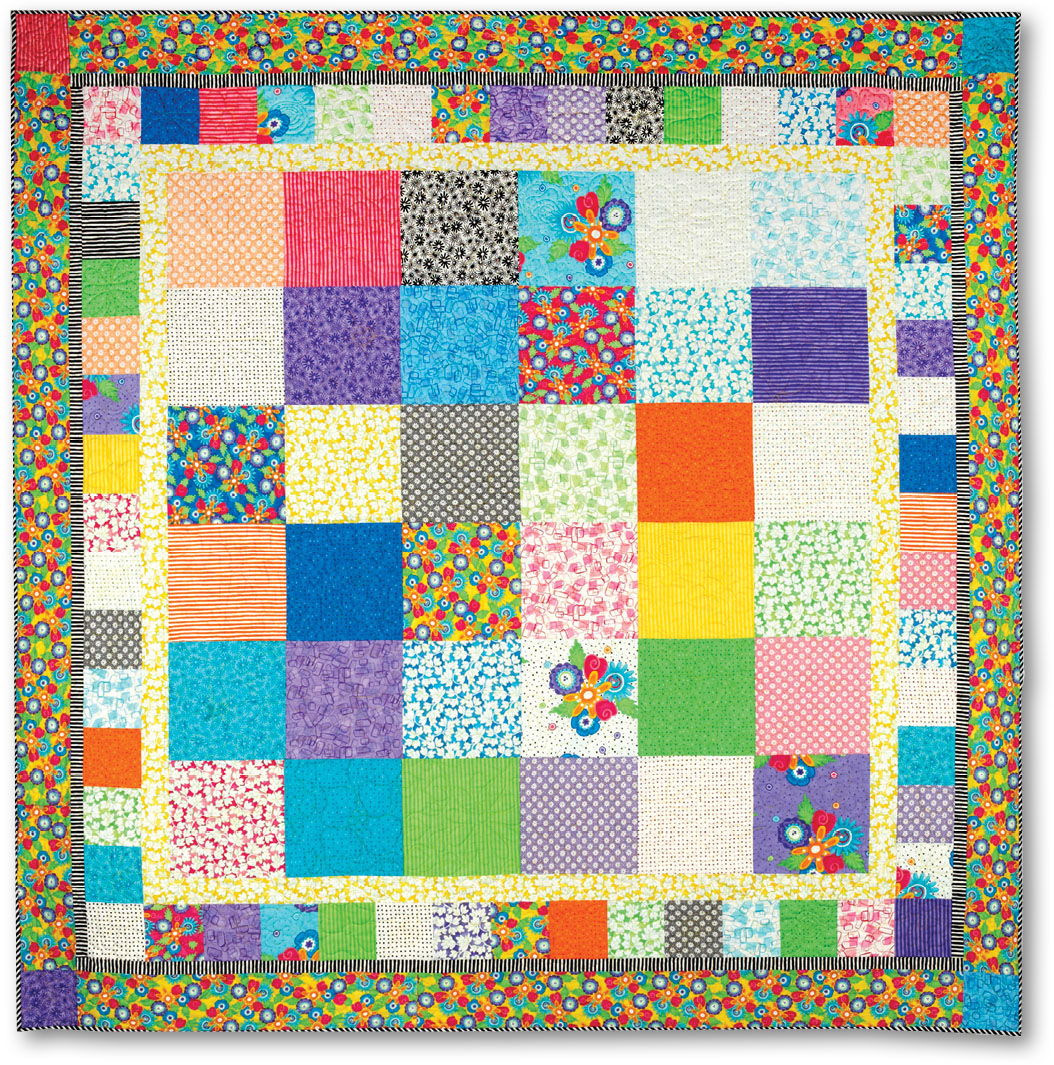
Contents
The Quilts
Full Quilt
Double/Full Quilt
Crib/Throw Quilt
Twin Quilt
Pre-Cuts: Basics and Beyond
Types of Pre-Cuts
The fat quarter, fat eighth and sweet sixteens are all cuts based on fractions of yardage. These three types of pre-cuts are user-friendly and have many applications. Many times you can find these pre-cuts bundled by entire fabric lines. Many shops will bundle and sell pleasing assortments, but you can also find them individually to make up your own assortment.
- Fat quarters are 18" (45.7cm) wide 22" (55.9cm) longtwice the length and half the width of a quarter yard. They always have one selvage edge.
- Fat eighths are 9" (22.9cm) wide 22" (55.9cm) long, including a selvage edge.
- Sweet sixteens are fairly new on the market and run half the size of a fat eighthabout 9" (22.9cm) wide 11" (27.9cm) long.
Layer cakes, jelly rolls, charm squares, honey buns, dessert rolls and turnovers are sets of fabric that have specific common dimensions. When the manufacturer bundles them up, they usually come as an entire fabric line, varying from about twelve to maybe forty-four fabrics.
- Layer cakes are 10" (25.4cm) squares.
- Jelly rolls are 212" (6.4cm) strips Width of Fabric (WoF, 4044" [1m1.1m).
- Charm squares are usually 5" (12.7cm) squares, but vary from source to source (in the past, 6" [15.2cm] squares were common).
- Honey buns are 112" (3.8cm) wide WoF.
- Dessert rolls usually contain all the solids and/or tone-on-tones in a fabric line and are 5" (12.7cm) wide WoF.
- Turnovers are 6" (15.2cm) half-square triangles, which can be sewn together and trimmed down to 5" (12.7cm) squares.
Working With Pre-Cuts
Every manufacturer seems to have a different kind of edgesome are straight and some are ziggy-zaggy, pinked edges to help prevent raveling. Where in all of that are you supposed to place a 14" (6mm) seam allowance? There is a pretty easy solution: measure. Dont take anything for granted. See for yourself where the seamline has to be to make a perfect 2" (5.1cm) jelly roll seam, or where you need to place the charm square by your needle to get a dead-on 412" (11.4cm) square.
Subcutting pre-cuts seems to be another bugaboo. For instance, sometimes I will use charm squares for sashing corner squares by cutting them into four equal 212" (6.4cm) squares. Where do you cut? Many times the point of the pinked edge is the correct spot to line up with the straight edge of a rotary-cut piece, but please dont take that for granted. If you measure your pre-cuts like I mentioned above, you will know where to cut. Then, if you have to stitch a pinked edge to a straight-cut edge, you will know where to align them.
Turnovers have a long bias edge that is very easy to stretch out of shape. Please be very gentle with turnovers. When you are sewing any bias edge to a straight edge, the rule of thumb is to place the bias edge on the bottom. You may choose to pin it, too, but it almost always will feed right in with no problems.
Now that you know these few easy tips, your results will be consistent and accurate. With any luck at all, you will become as addicted to pre-cuts as I am!
Unique Uses for Pre-Cuts
Pre-cuts arent just for piecing. Here are some great applications:
- Jelly rolls make the coolest scrappy bindings. Already cut at 212" (6.4cm) wide, you may use any of your leftover jelly roll strips to make a perky, scrappy binding for your quilt. If you dont have enough for the entire binding, you may incorporate some other scraps. Jelly rolls are also handy for my second favorite application, sashing. You usually have enough left over from the sashing to also do the binding, and if you dont, a few pieces of scrap yardage make up the difference.
- Pre-cuts are a nice size to start with for appliqu. Its so easy to run into a shop and grab a package of pre-cuts for your appliqus and have all you need right there. Who really wants to shop for a couple dozen 18 yard (11.4cm) cuts?
- Paper piecing is another natural for pre-cuts. Just like in appliqu, its so much easier to use pre-cuts than shop for all of those pieces individually.
- Layer cake squares make good, plain alternate blocks, but they are also fabulous for embroidery and appliqu backgrounds. I love printed backgrounds, and it is so nice to find just the right one all pre-cut and ready in the same fabrics you are using for the rest of the project.
Use Up the Leftovers and Make Fabric
Leftoverswhat can you create with them that is new and exciting? Its the same dilemma in the sewing room as in the kitchen. But leftover pre-cuts are just plain fun!
There are so many patterns out there for pillow cases, purses, totes, childrens wear, aprons, wallets, and on and on and on. These patterns are great for using leftovers from the projects in this pamphlet. Plus, with the employ of a few choice brain cells, you can think up your own patterns!
Another great use for leftover pre-cuts is to make fabric. The easiest way to make fabric is to join like sizes of pre-cuts together. For instance, you can sew a row of ten charm squares to make a strip of fabric, and then expand on it by stitching it to jelly roll or honey bun strips, or both. This is a fun way to come up with enough yardage to cut a vest front, a purse or even a doll quilt.
Experiment with making pillow cases for your quilts. Sometimes a quilt pattern ends up with an extra block or two. These blocks are easily framed with pre-cut strips. Add extra border fabrics for a great background and edging, and you have a pillow top. Extra blocks are also great for tote bag pockets. If you overbuy backing, that extra yardage is wonderful for pillow backs, vest backs, and purse or tote bag linings.
Harmoniously Combine Pre-Cuts
Looking at a bundle of pre-cuts can be a little intimidating. The fabrics seem to just blend together and there is no contrast. However, with almost any given line of fabric, the manufacturer includes an assortment of very large focus and/or border prints, medium and small prints, and tone-on-tone or solid fabrics, sometimes in several colorways. The key to making sense of it all is to open up the bundles of pre-cuts and sort them out accordingly. Then you will be able to see that, sure enough, there are darks and lights, solids and prints!
Another trick is to combine a typical line of printed pre-cuts with a package of pre-cuts that is completely made up of solids, even if theyre not from the same manufacturer. You can also combine two different lines of print pre-cuts from the same manufacturer because the dyes they use are often similar.
Fabric manufacturers are prolific in their output, and any line of fabrics may be available for only a very short while. Thats okay! Specific colors are provided in the pattern text for easy reference to the project photos and diagrams, but feel free to use any colors you want. There are also fabric substitution suggestions near the beginning of each pattern. Just use the colors in the text as a reference, and substitute your favorite combinations.

